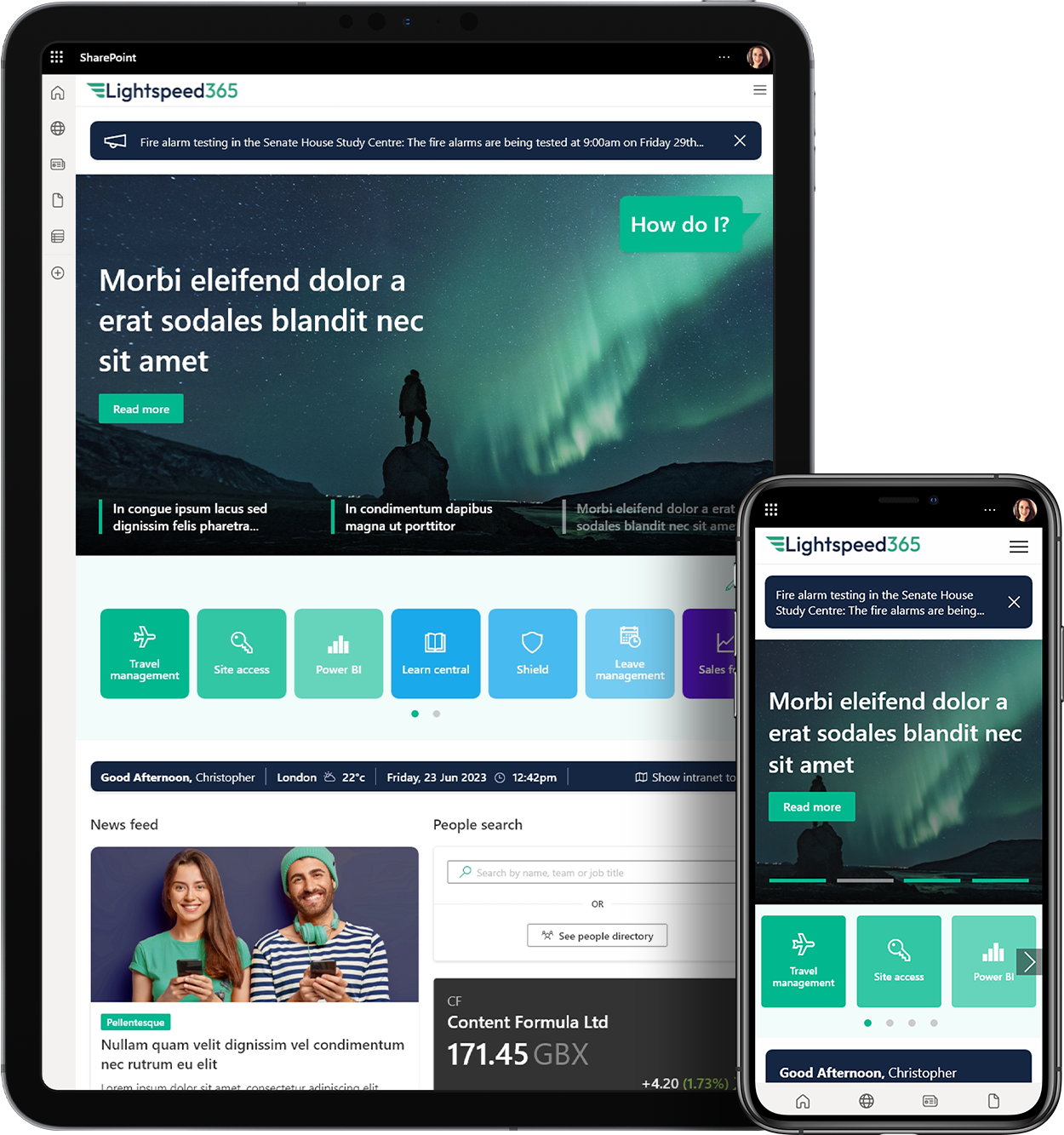Planning your new intranet – defining information architecture (video)
The information architecture, how people navigate through the structure of your intranet, and how topics relate to one another, can make or break the usability of your intranet. By involving end-users in group and individual exercises you can discover what will work for people, and so meet users’ expectations with more intuitive navigation menus.



 SharePoint Products
SharePoint Products

